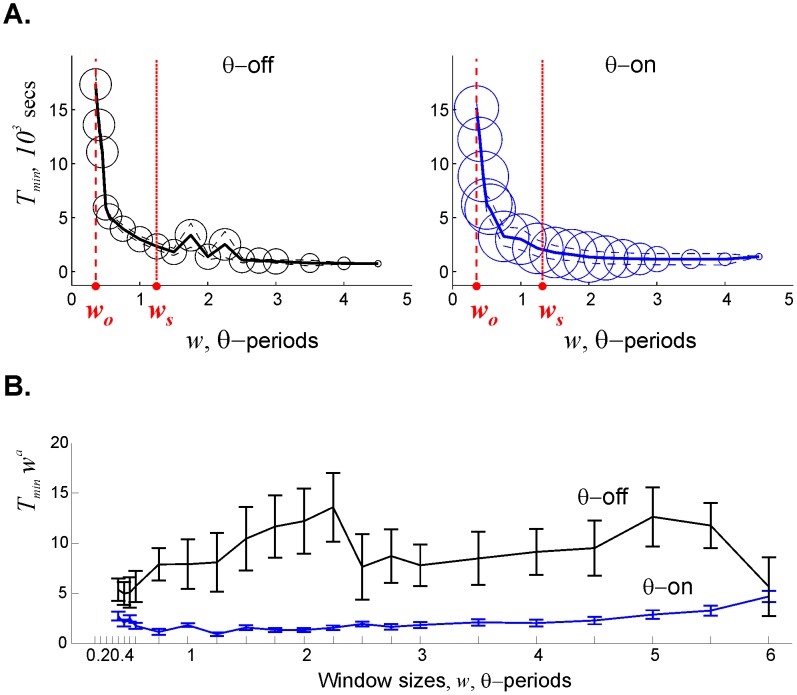Figure 5. The effect of theta precession on learning time depends on window width.
(A) Dependence of learning time, Tmin, on window width, w, for the ensemble N = 350, fmax = 28 Hz, and s = 23 cm, in the θ-off and in the θ-on cases. The radius of the circles indicates the percentage of times the map converges on correct information (the larger the radius, the greater percentage of convergence). In both cases, the first convergence to the correct signature occurs as the window widens to about wo = 0.2 θ-periods (one θ-period is approximately 125 msec). At this “opening” value the learning time is about 300 mins, which is about 60 times higher than the typical value obtained for a time window of two θ-periods. The learning time Tmin at the “opening” values of w is highly sensitive to variations of w: as w changes from 0.2 to 0.3 θ-periods, the learning time Tmin changes by over 300%. As the integration time w increases, the dependence Tmin(w) rapidly drops off until it plateaus at about ws∼1.5 θ-periods, where it stabilizes. As w increases further, the learning time Tmin does not change significantly, but learning becomes less and less reliable, i.e., the likelihood of the spatial map converging to accurate topological information drops. Finally, the neuronal ensemble fails to encode the correct topological information at w ??? 4.5 θ-periods. (B) The dependence of the learning time on w shown above suggests that Tmin is inversely proportional to a power of the window width, Tmin = C/wα, where α and C are constants. To test this hypothesis, we selected the maps that converged for at least 19 out of 24 values of w, and computed the product Tmin wα for 12 values of α taken from the interval 1<α<2 (See Supplemental Figure 7). The results show that the product Tmin wα remains bounded for the entire range of window sizes. While in the θ-off case the variation of the product Tmin wα remains large, the θ-on case it is nearly constant, which suggests that a nearly hyperbolic relationship Tmin wα = C is more tight in the θ-on case.

